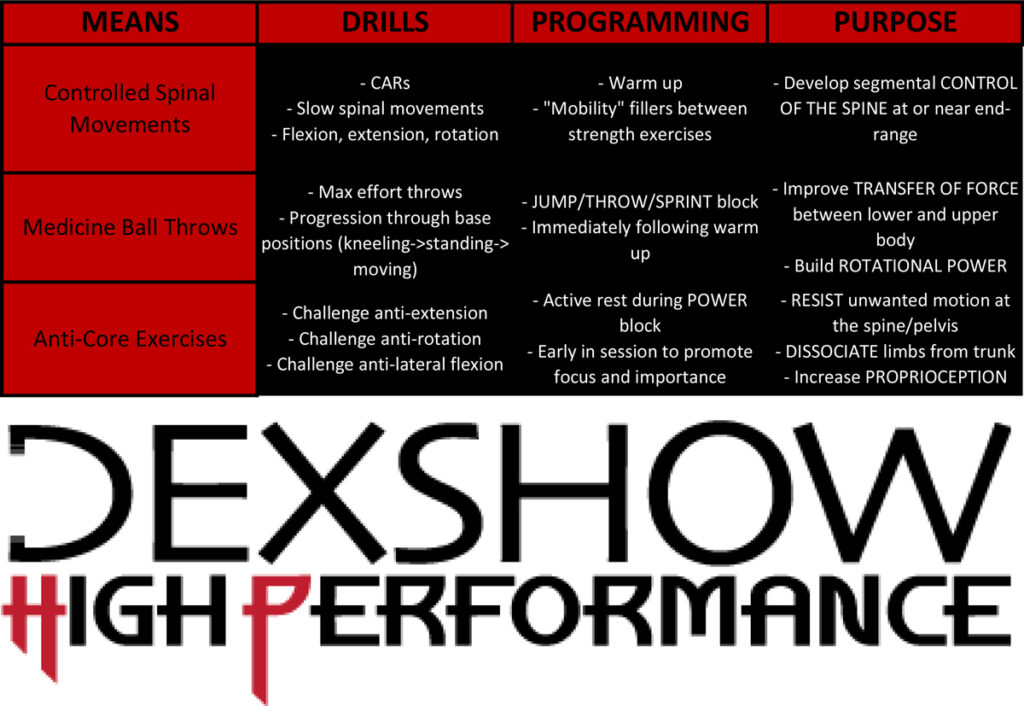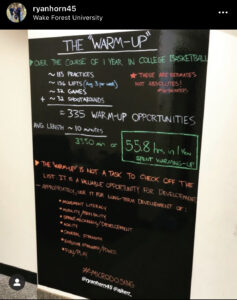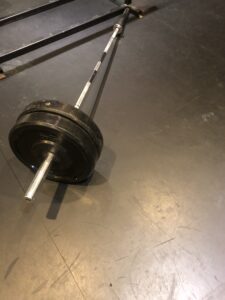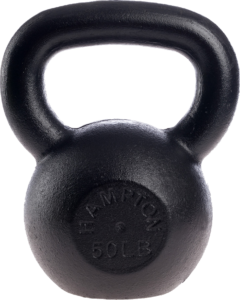Part I: Importance, Means, & Categorization
Part II: Applications in Goaltending
Part III: Core Programming & Progressions
Last summer I had the opportunity to chat with a 5th year professional goalie about off-ice training for the position. During the consultation, I had an epiphany when he said,
“Sometimes I feel like my body position isn’t solid – like my arms and legs are not attached to my body and I’m too floppy”
He looked like your stereotypical pro athlete – tall, lean, muscular. Able to do a standing backflip. This guy is a beast on the ice and in the gym so WHY DID HE FEEL THAT WAY?
“Have you done much direct core training in your career?”
The answer was no. Similar to how we need scapular strength and stability before our shoulder joint will move efficiently and with strength and power, OUR TRUNKS NEED TO BE A STRONG AND STABLE BASE FOR OUR LIMBS TO EXPRESS THEIR TRUE POTENTIAL. I can’t think of a more important application for moving our limbs extremely fast than trying to stop a 100mph hockey puck. Direct trunk work, both in RESISTING MOTION and CREATING MOTION, might be this player’s low hanging fruit. By that, I mean that because he had not trained it much in the past, implementation of direct core training will garner fast results (changes in core stability, strength, and endurance) that may positively impact his play in a big way. I also realized that although I had focused on anti-core training throughout my training lifetime due to my trainer’s philosophies, it is not necessarily what is common or popular.
I think the value of direct core training for sports performance is misunderstood and mostly boring to implement – it doesn’t look flashy, seem challenging, or warrant social media followers or discourse. Some old school strength guys say that the big barbell lifts are enough core training. For hockey players, I disagree. In my training model, I include direct core exercises on every training day, early in the session, with a focus on building strong, resilient trunks that allow transfer of force throughout the body.
IMPORTANCE OF CORE TRAINING
As goalies, direct trunk training and its adaptations, help to feed the specific movements and patterns we see on the ice. At the most basic level, dissociation of the upper and lower body occurs throughout all goalie movement. Whether you are squaring up to a puck after a T-Push, grabbing an edge on a backdoor pass, or sealing a hole in an RVH, we must move our trunk and arms independent of our legs and pelvis. An explosive lateral push while in the butterfly is initiated by a fast and precise upper body rotation to get the body on plane followed by the loading of the push leg and subsequent movement towards the puck or post. Without adequate core power, the turn and push will not happen fast enough. During desperation saves, the body must contort into strange positions to cover net and keep the puck out – twisting, side bending, and extension of the spine at end-ranges happen nearly every game or practice.
MEANS USED AT DHP
There are 3 distinct methods that I use to train the trunk to elicit performance enhancing adaptations in my goalies:
Controlled Spinal Movement
These drills include CARs, slow spinal movements, holds, and segmental control of the spine at or near end-range. We want to include flexion, extension, and rotation of the spine from all different base positions. I place them strategically in the athlete warm up and/or as “mobility” fillers as active rest. This first category of movement drills are included to train the core musculature to CREATE MOVEMENT AT THE SPINE.
Medicine Ball Throws
This category of exercises trains explosive rotational expressions of force. They fit in the program immediately after a comprehensive warm up as part of the Jump/Throw/Sprint velocity block. We want maximal intent with every rep, so the total number of throws (volume) is low – think 2-3 sets of 3-5 reps. These variations train the core musculature to TRANSMIT FORCE.
Anti-Core Exercise Variations
These drills challenge the trunk musculature to stabilize the spine and maintain a solid posture through differing resistance vectors. Anti-Core exercises are programmed as fillers in the Power block on high stim days or part of tri-sets on low days. After a base level of core endurance and positional awareness is achieved, core strength is targeted. These variations train the trunk’s ability to PREVENT UNWANTED MOVEMENT OF THE SPINE.

CORE STRENGTH/POWER VS. CORE ENDURANCE
AN IMPORTANT NOTE ABOUT TRADITIONAL “CORE” TRAINING
When most people think of core training, they think of tons of sit ups or long duration plank ISO holds. These are realistically training core or abdominal endurance. I favour CORE STRENGTH and POWER for athletes after building a baseline of endurance. Increasing the difficulty, complexity, and/or load from phase to phase of the anti-core exercises helps to build the athletes trunk to be powerful enough to dissociate the upper and lower body explosively and maintain the contortionist shapes that goalies need to make daily. Progressing the movement capabilities of the spine, the muscular endurance and strength of the core, while concurrently training the core’s power with medicine ball throws provides layers of training that match up with all goalies’ physical needs.
I hope you can see the importance of direct core training for contemporary hockey goaltenders through this framework. Stay tuned for Part II where I discuss how training the goalie’s trunk in these ways becomes a foundational quality needed to excel in all areas of the modern game.
Get strong, stay strong.
Coach Dex



